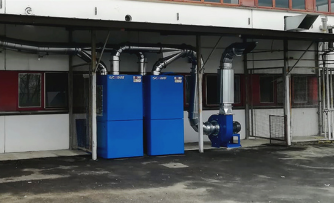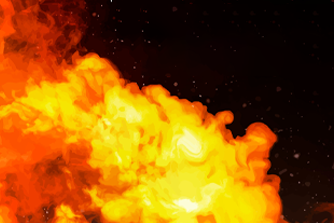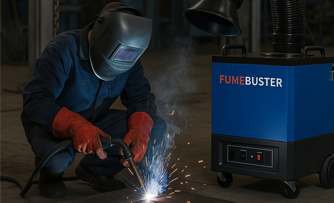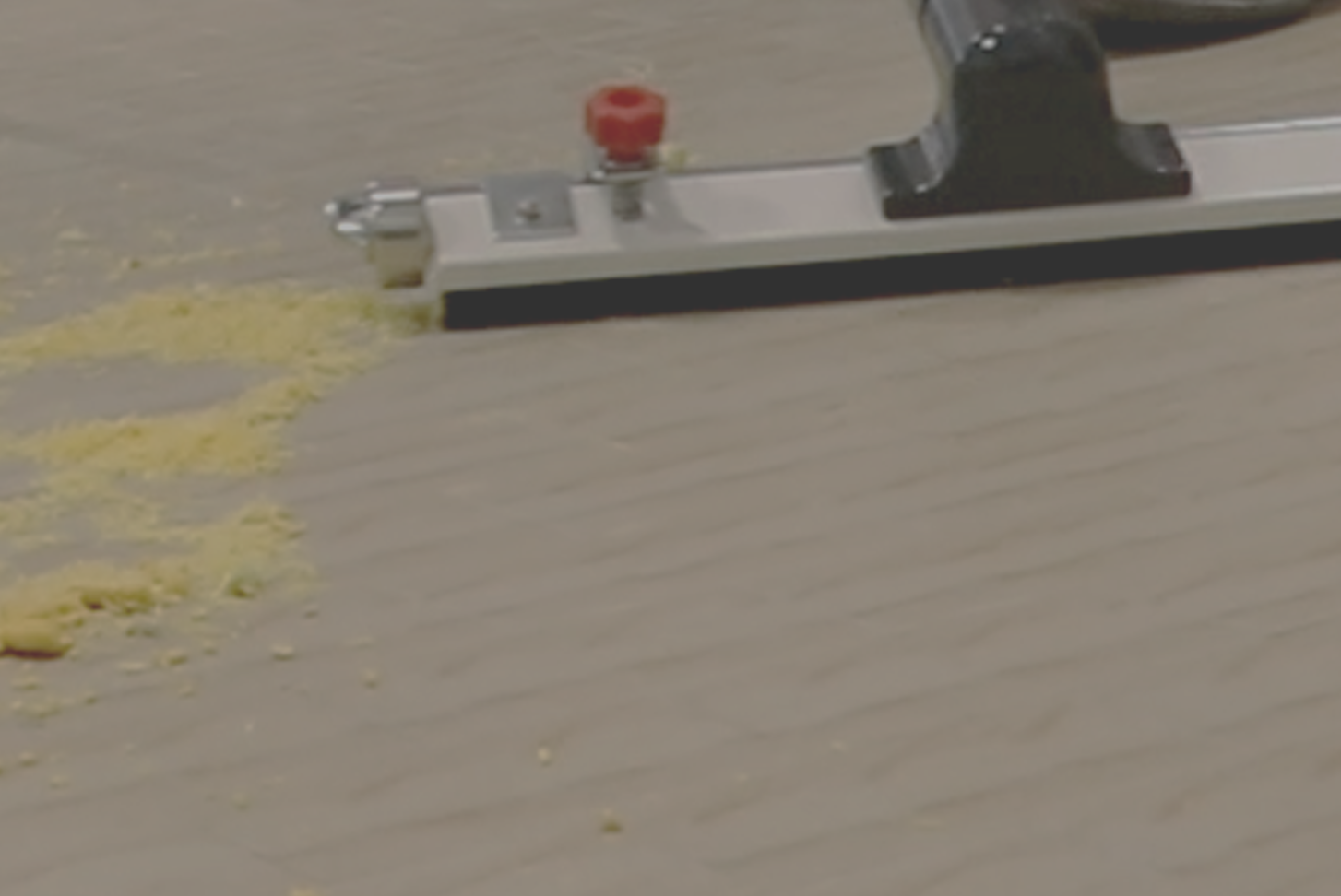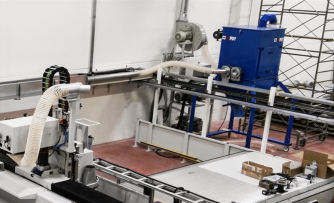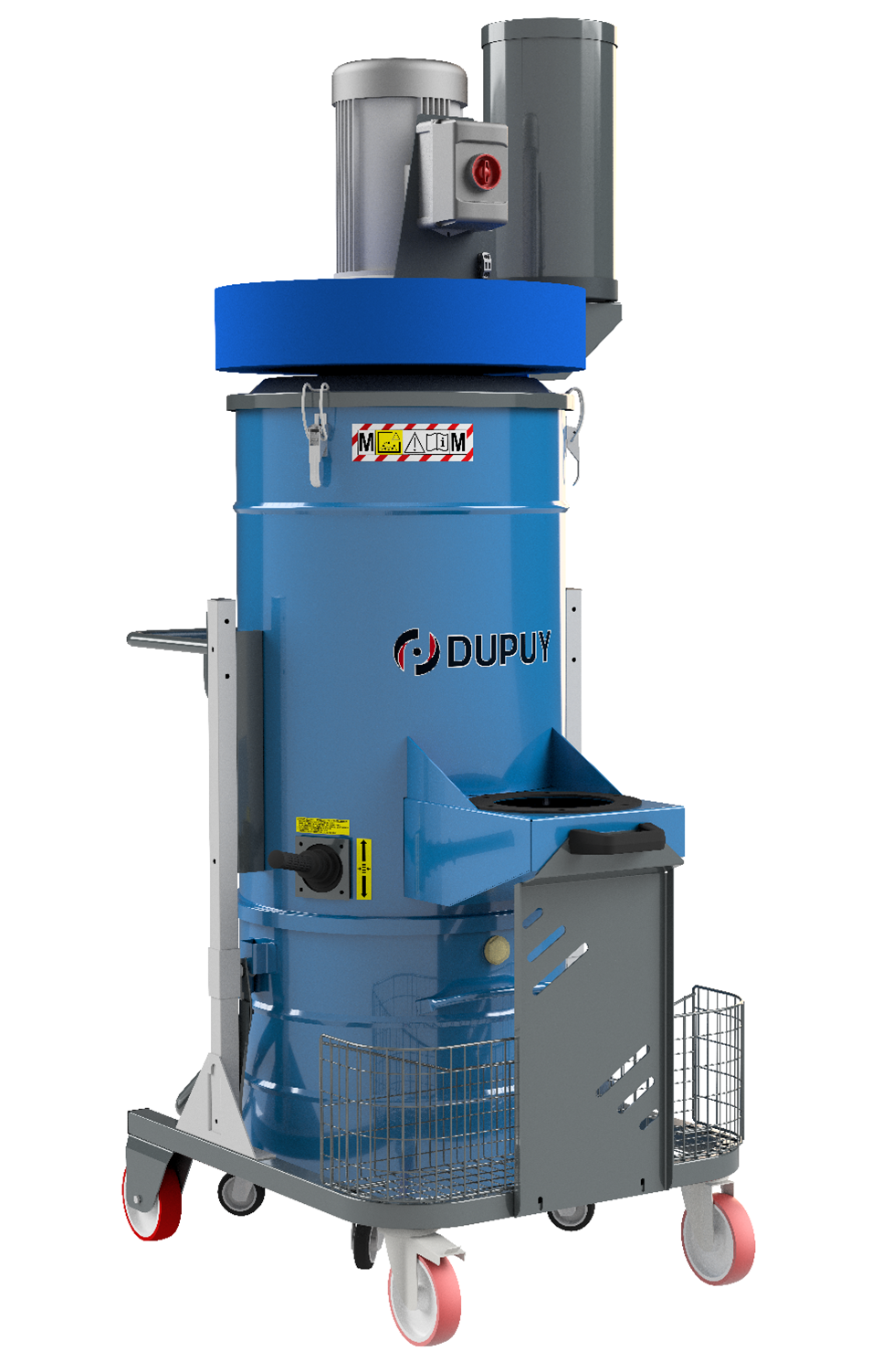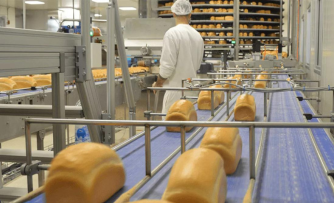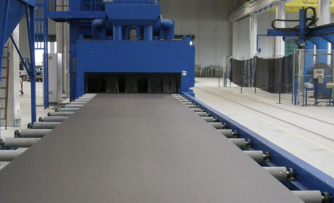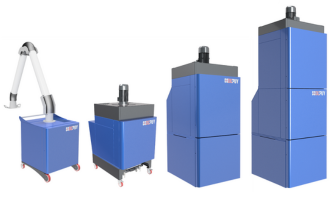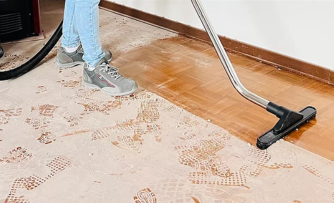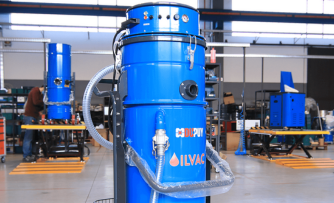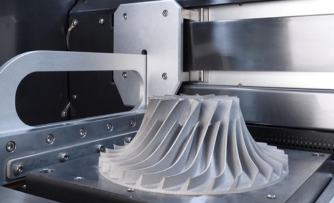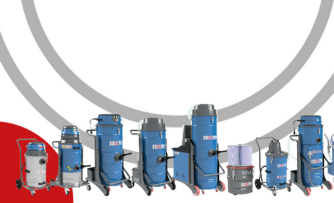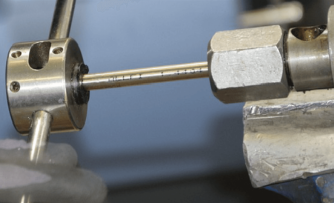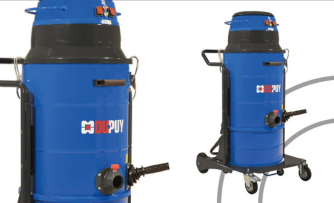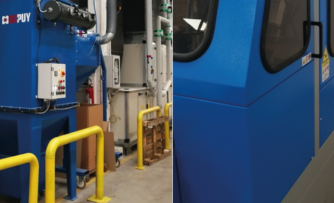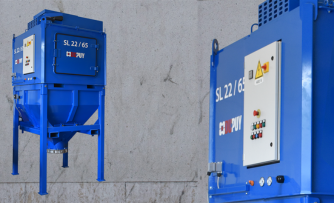The right dust collection system for your production facility
Installing a dust collector within your production process is certainly one of the best ways to invest in your health and safety in the working environment. You must always keep in mind that each type of processing generates aerosols or dusts that require different treatments and solutions.
In the study phase it is necessary to take into account some variables such as the type of dust you need to vacuum, the space available, the points where you need to extract the dust, the duration of the work cycles and much more.
The dust extractor must therefore be correctly configured according to the specific application, whether it is a fixed centralised vacuum system or a on wheels vacuum cleaner with an articulated arm for localised suction.
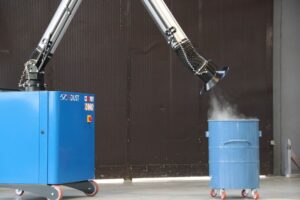
DIMENSIONS
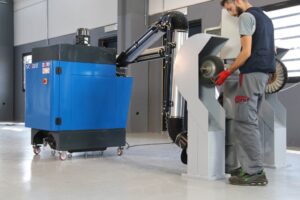
WORKING PROCESSES THAT GENERATE DUST
- Woodworking: all types of wood dust that are emitted can be dangerous to the eyes, skin and respiratory system. More dangerous are those generated when working with hardwood (broadleaf) than with softwood (coniferous). These are fine dusts, often smaller than 100µ, which, once vacuumed in, deposit in the bronchus and can reach the alveolus.
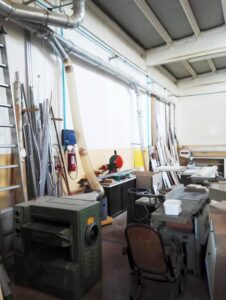
- Food processing: food pigments and especially food flours are the most critical dust for the human organism. From a simple sensation of discomfort to breathing difficulties, from airway infections to inflammation of the pulmonary alveoli, from the onset of asthma to serious respiratory failure syndromes. Weighing, sifting, grinding, mixing and cleaning operations are the activities with the highest dust release and at the same time most suitable for localized dust extraction.
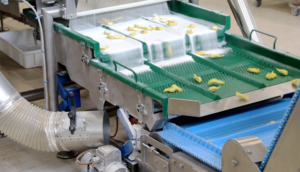
- Dry working of Metals: during the process of grinding metal surfaces, microparticles are emitted into the environment, invisible to the naked eye, but extremely dangerous if inhaled. Moreover, the dusts can be deposited on adjacent machinery, contaminating the quality of their work or compromising the machinery itself. Vice versa, in welding processes, the main danger comes from fumes containing oxides, which in the long run cause chronic respiratory problems. In both cases, a localized suction system helps limit the risks.
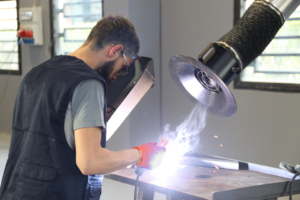
- Working with plastics: microplastics have even entered in the food chain. Without realizing it, we ourselves ingest about 5g per week. The main problem is due to the lack of biodegradability of these particles. They end up, over time, to crumble into smaller and smaller fragments causing problems to humans and the environment. A system of dust storage in disposable bags and additional HEPA filters are recommended for these processes.
- Chemical/pharmaceutical processing: simple or complex powders (consisting of one or more components) that are released during granulation, milling and compression (capsule) processes. In addition to the respiratory issues that can result from inhaling these dangerous powders, another serious problem is explosive dust, making ATEX-certified dust collectors necessary in this case.
FILTERS TO PROTECT AGAINST DUST
- Cartridge filters: a pleated polyester filter media supported by a metal or plastic structure that keeps the pleats open and ensures efficiency. Possibility of processing the tissue in PTFE (Polytetrafluoroethylene) for use in working processes with high dust content. Large filtering surface area in a small space.
- Bag or sleeves filters: Teflon-coated polyester filtering media, necessary for the dust extracion of dusts from concrete, asphalt, steel, etc. They are filters for extremely fine and sticky dust that require a filter with a PTFE coating for their detachment.
- Panel filters: positioning between the zone rich in dust and the zone cleaned by panels with different specificities. For a progressive filtration specialized in the suction of fumes and mists.
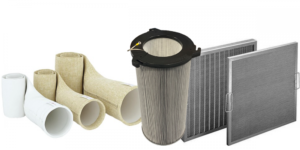
WHICH NEEDS FOR DUST EXTRACTION
The dust collector unit foresees, in addition to the large surface primary filter, a fan that generates a high air flow. This makes it possible to transport the polluting material, suspended in the air, through the pipes and to collect it in a quick-release container.
The electric fan is a centrifugal fan directly linked to an electric motor suitable for 24/7 continuous use. Is it really necessary to keep the dust collector switched on all the time? Is dust generated only during machining or is it continuous, even when machining is stopped? Also is it necessary to extract dust from a single process or from several different processes? Can the filtered air be returned to the working environment?
These are all aspects that influence the choice of the dedusting plant. It is important to take advantage of the advice of an expert company like Du-Puy, able to analyze and adapt the system to the real needs.
INSTALLATION OF THE DUST EXTRACTION SYSTEM
- Electric fans with air-flow and depression values suitable for the type of dust;
- Guarantee of the speed of vacuum suitable for the transport of the powders;
- Design of the piping of the dedusting plant;
- Articulated arms for localized mobile suction;
- Hoods and suction nozzles positioned in the sensitive points;
- Pneumatic filter cleaning system for maximum efficiency;
- Timed control of filter cleaning cycles;
- Spark trap systems;
- Anti-explosion panels and fire prevention devices;
- Sensors and alarm devices;
- Channeling kit for external air discharge;
- HEPA filters for ultrafine filtration;
- Activated carbon filters for odor abatement;
- Modular and block configurable frames for greater flexibility;
- Compact vacuums cleaner for small central vacuum systems;
- Low noise levels.
Discover DEDUST Dust Collectors – Du-PUY innovation for a clean and safe production cycle!

